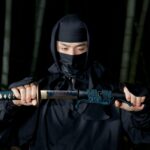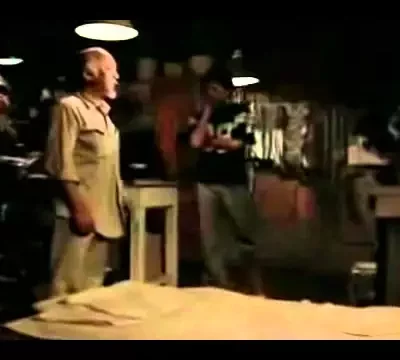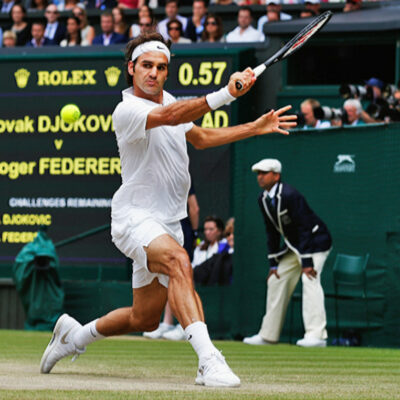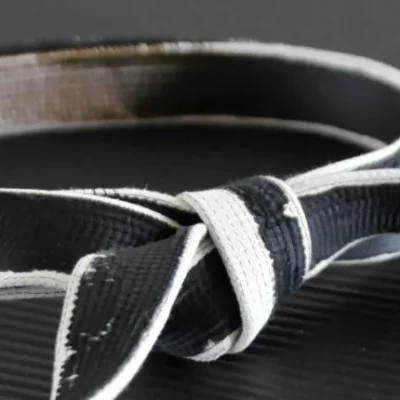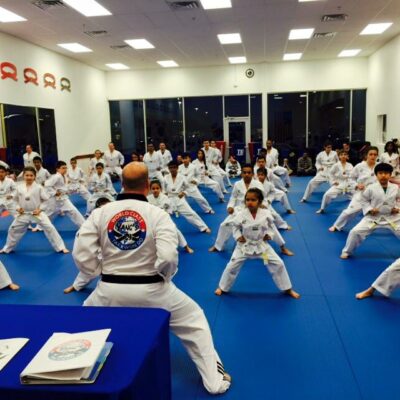While there are countless ways to catagorize martial arts in general, Japanese martial arts typically fall within two distinct catagories based on age: Koryu Bujutsu and Gendai Budo.
Literally translating to “Old School”, a Koryu is any martial arts system whose founding predates the Meiji Restoration in 1868. The Meiji Restoration is notable since it is the transition into what can be considered “modern” Japan. The name of the event is derived from Japan’s “Restoration” to imperial power under emperor Meiji. It marks a major socio-political shift as well as restructuring of Japan’s military. Translated as “Modern”, Gendai is any tradition formed after the Meiji Restoration. Gendai Budo are based on one or – more commonly – several Koryu arts.
The terms Bujutsu (“Warrior Art”) and Budo (“Warrior Way”) illustrate a subtle but important distinction between the philosophy of Koryu and Gendai arts. Specifically, “jutsu” implies a set of physical skills used for combat, while “do” denotes a more philosophical and/or spiritual focus.
While Koryu can have a great depth of philosophical and spiritual aspects to their study, in general focus is placed on effective methods of combat. Inversely, Gendai Budo can often be extremely effective for fighting, but is predominately focused on philosophical and spiritual refinement.
Most Koryu arts studied today are studied in the format developed during the Edo period. The Edo Period was a peaceful time in Japan’s history, following over 400 years of medieval civil war (stretching from the Kamakura Period to the Sengoku Period). Although many systems of combat were developed during the Sengoku and previous eras, they tended to be less organized and/or formalized. With new found peace, many of these martial arts began to be more organized and structured for teaching. This typically consisted of organizing gata (“forms”) into levels such as Shoden (“Beginning Transmission), Chuden (Middle/Intermediate Transmission) and Okuden (Inner Transmission).
Koryu arts tend to be somewhat less specialized, often having elements of various methods of combat. For example, many Jujutsu traditions (what we may refer to as “throwing” arts) incorporate large amounts of striking. Inversely many schools that may be considered more striking oriented had a large amount of throws. Many Koryu arts also involve traditional Japanese weapons in addition to unarmed fighting.
Ranking in Koryu arts typically follows a Menkyo (“license”) system. Once a student has received the appropriate amount of training, they receive a license to teach the school’s material up to their licensed level. The following is the typical licensing structure of a Koryu art:
- Shoden Menkyo (“Beginning Transmission”): Student has received beginner’s licence.
- Chuden Menkyo (“Middle Transmission”): Student has received intermediate license.
- Okuden Menkyo (“Inner Transmission): Student has received advanced license.
- Hiden Menkyo (“Secret Transmission License”): Student has received secret (i.e. not publicly taught) transmission and licence.
- Menkyo Kaiden (“License Full Transmission”): This is the highest license, signifying full transmission of the art. Often – but not always – the Menkyo Kaiden holder becomes the next heir to the line of the school.
While any art can claim to be a koryu art, there are several organizations that certify arts as Koryu. Most notably these are Nihon Kobudo Shinkokai (Society for the Promotion of the Japanese Classical Martial Arts) and the Nihon Kobudo Kyokai (Japanese Classical Martial Arts Association). While it is not required for a Koryu to be certified under these organizations, many do in order to present added legitimacy to their claims of their age.
Gendai Budo are formed for a variety of reasons.
One such reason is the unification and/or standardization. For example, Jigaro Kano developed Judo in 1882 as a unification of several systems of Jujutsu. Toyama Ryu Kenjutsu was developed by a commitee at Toyama military school in 1925 to teach soldiers principles of sword fighting, based on principles of several koryu kenjutsu schools.
Often, Gendai Budo is developed for philosophical, spiritual and religious reasons. While Judo was developed to focus on the principle of not using strength against a stronger opponent (a common principle of Jujutsu), he promoted it as a method of self improvement. Morihei Ueshiba developed Aikido based on Daito Ryu Aikijutsu to create an art where the practitioner could defend themselves without hurting their opponent (which aligned with his personal religious beliefs).
Gendai Budo tends to be more highly specialized in one specific area, often with a smaller set of moves. Judo and Aikido, for example, focus mostly on the execution of joint-locks and throws. Toyama Ryu has on average fewer gata (“forms”) than its Koryu counterparts.
Many Gendai Budo also evolve into sports. Judo with it’s emphasis on competitiveness eventually developed into a sport where a practitioner is awarded one-point (ippon) when their opponent is thrown onto their back. Kendo evolved from the use shinai (bamboo swords) for kenjutsu training into a sport as well; competitors engage in point sparring with a more limited set of legal moves.
Typically Gendai Budo utilize the Kyu/Dan system originally developed by Jigaro Kano, and was based on the ranking in the Japanese game Go.
A practitioner moves down through kyu levels until reaching Shodan (Beginning or “First” Degree). This is typically signified by the practitioner wearing a black belt.
The number of Kyu and Dan levels depends on the art. Most commonly an art will have 9 to 15 kyu levels, and 10 dan levels, with the highest Dan levels reserved for those considered “Masters” of the Art.
Originally, there were only 2 belt colors: white for kyu and black for dan. Later on, other arts introduced different colored belts to signify specific kyu levels.
The Bujinkan is an interesting case in that it operates both as a Koryu and Gendai art.
The Bujinkan is comprised of nine arts that all claim to have been developed prior to the Edo Period. Several of these have been recognized by a Koryu organization. A student can receive instruction in the specific art, and on occasion practitioners have received Koryu Rank, such as Menkyo Kaiden, in specific lines. However, the overarching principles of the individual ryu-ha are also taught together. In addition, most students attain rank in the kyu/dan system under the certification as “Budo Taijutsu”. This is very much qualifies training as a Gendai Budo.
This means that as an organization the Bujinkan can and does operate simultaneously as a collection Koryu – maintaining traditional lines – and as a Gendai Budo – exploring universal principles embodied the various Koryu and focused on by Soke Masaaki Hatsumi.

